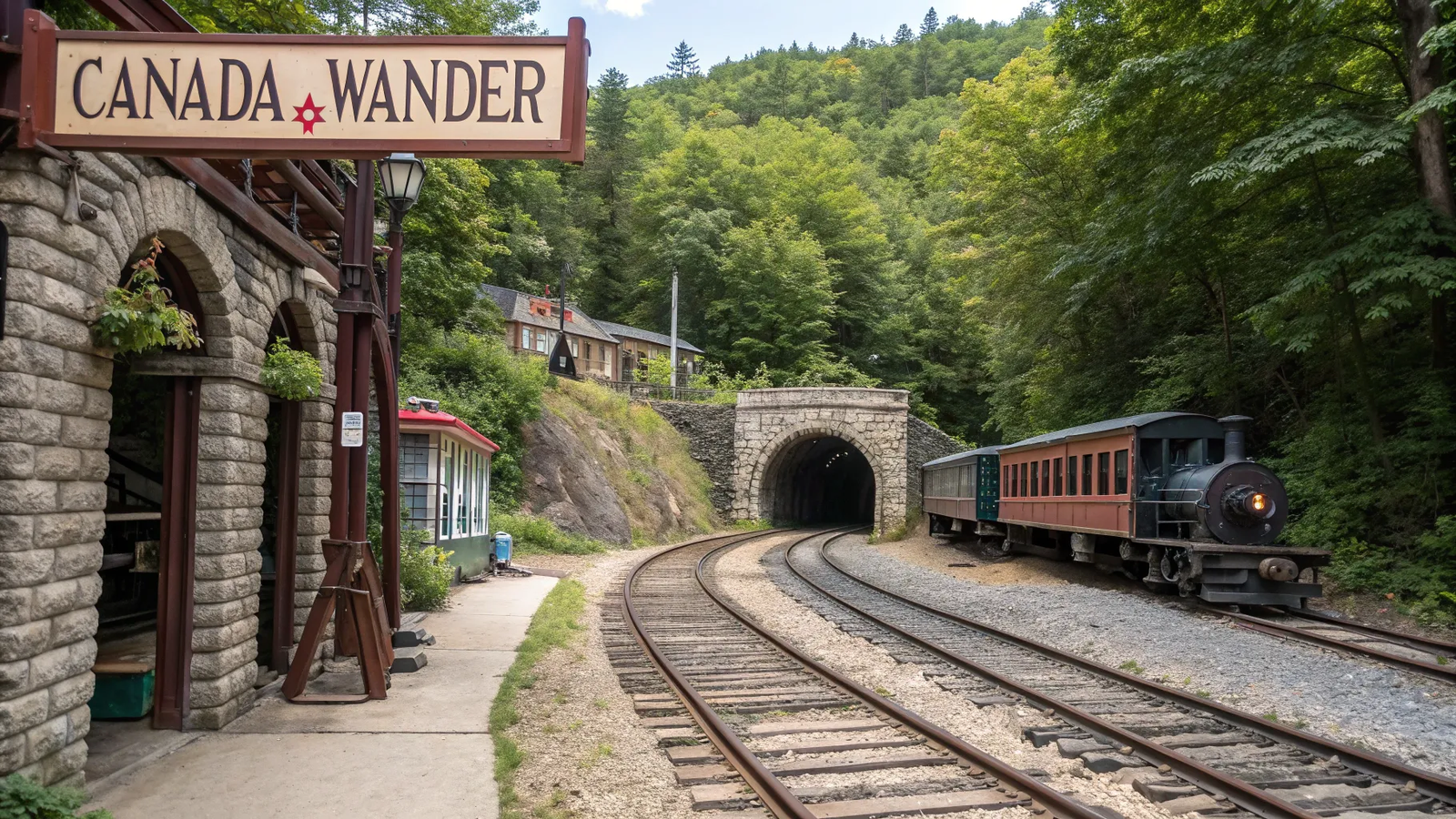
Welcome to Brockville, Ontario! This charming city is home to a hidden gem that holds a special place in Canadian history—the Brockville Railway Tunnel. As Canada’s very first railway tunnel, completed way back in 1860, this tunnel has witnessed over a century of railway evolution and community growth. If you love history, architecture, or just enjoy a fascinating walk through time, the Brockville Railway Tunnel is a must-visit spot.
In this post, I’m excited to take you on a detailed journey through the tunnel, sharing some cool facts and stories along the way. Whether you’re a local or planning a visit, join me as we explore this amazing piece of Brockville’s heritage!
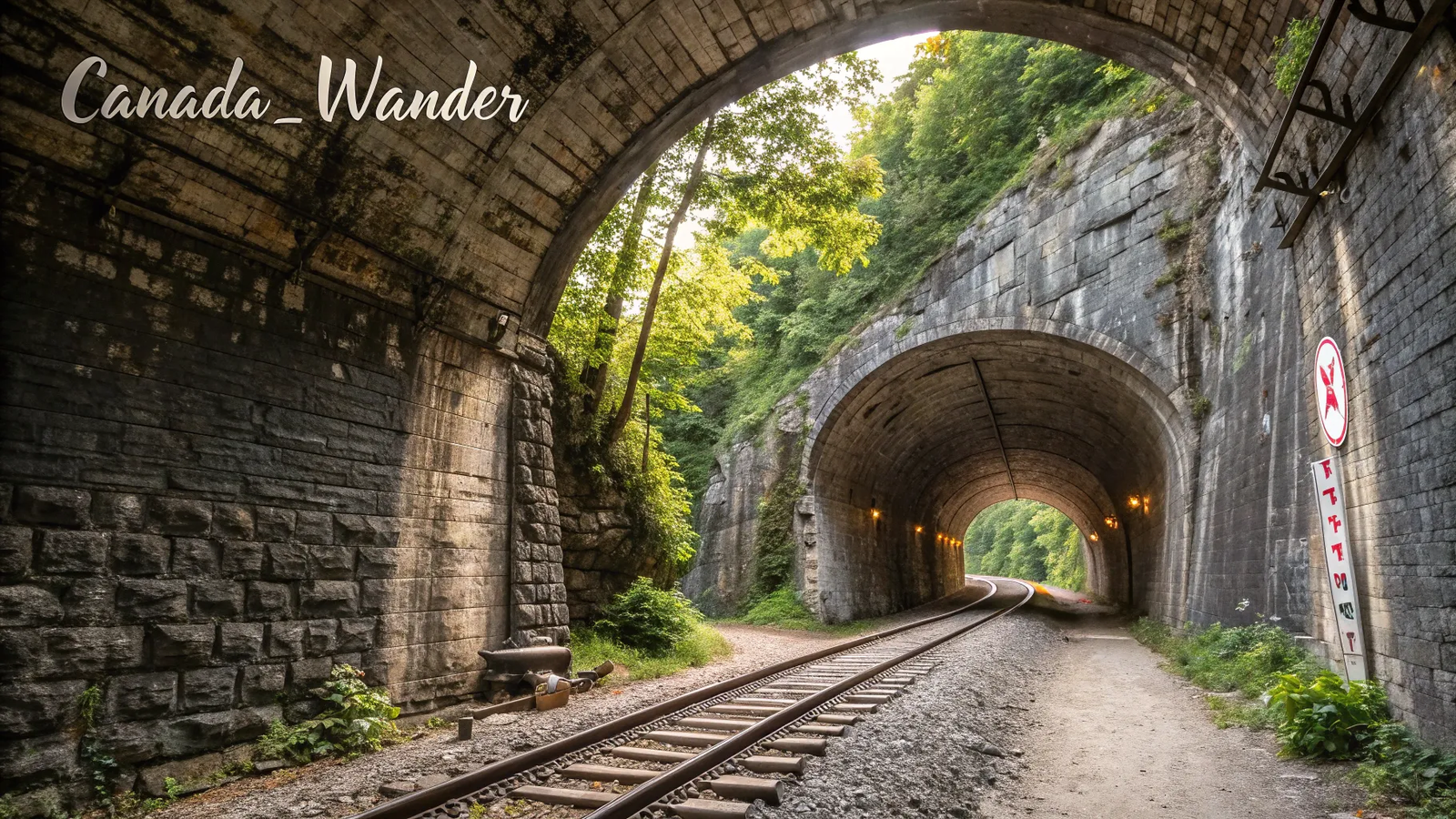
Table of Contents
- A Walk Through History: The Birth of Canada’s First Railway Tunnel
- The Canadian Pacific Caboose: A Piece of Railway Heritage
- Exploring the Tunnel: Architecture, Light, and History
- The Tunnel’s Role Through the Years
- Visiting Today: A Unique Tourist Experience
- Supporting the Tunnel and Its Preservation
- How to Learn More and Plan Your Visit
- Frequently Asked Questions (FAQs)
- Final Thoughts
A Walk Through History: The Birth of Canada’s First Railway Tunnel
The Brockville Railway Tunnel isn’t just any tunnel—it’s Canada’s very first railway tunnel, completed in 1860. It was originally built by the Brockville & Ottawa Railway and later operated by the Canadian Pacific Railway (CPR). The tunnel connected Brockville to important nearby towns such as Ottawa, Smith Falls, and Perth, playing a key role in regional transportation and commerce.
The tunnel was actively used for over 110 years, from its completion in 1860 until the early 1970s. Back then, it served as a vital link for freight and passenger trains, helping industries thrive along the waterfront and beyond.
After the steam locomotives were phased out, diesel engines took over, keeping the tunnel operational for a few more decades until it finally closed. In 1983, the City of Brockville purchased the tunnel for just $1, showing its commitment to preserving this historic landmark.
The Canadian Pacific Caboose: A Piece of Railway Heritage
Right outside the tunnel, you’ll find a beautifully restored Canadian Pacific Caboose, built in 1954. This steel caboose was originally constructed at the Angus shops in Montreal and served the Eastern Division of the CPR for many years. It was typically used at the end of freight trains, providing a space for trainmen to monitor the train’s safety and operations.
In 1987, the City of Brockville acquired this caboose to add to the historical experience near the tunnel. The caboose has been lovingly restored to reflect its 1950s appearance, commemorating the hardworking railway workers of Brockville’s past.
Exploring the Tunnel: Architecture, Light, and History
Walking through the Brockville Railway Tunnel is like stepping back in time. The tunnel stretches beneath the city’s streets, with several ventilation shafts built into the ceiling to allow smoke and steam to escape when steam locomotives were still in use. These shafts are cleverly incorporated into modern buildings like City Hall, where they now appear as stone chimneys on the roof.
As you walk through, you’ll notice street signs above you indicating the elevation of the streets overhead. For example, King Street is about 8.6 meters above the tunnel, while James Street reaches 17 meters. This gives a fascinating perspective on how the tunnel runs deep beneath the city.
The tunnel’s walls are carved from limestone, and you can see beautiful rock formations and mineral deposits formed by groundwater dripping down over the decades. This slow drip of water has created stunning natural sculptures inside the tunnel, adding to its unique charm.
One really cool historical tidbit is about the blasting methods used during construction. Since dynamite hadn’t been invented yet in the 1850s, workers used black powder or gunpowder to blast through the rock. Holes were hand-chiselled into the limestone and filled with powder to create controlled explosions. You can still spot the remnants of some of these blasting holes as you explore.
The Tunnel’s Role Through the Years
Originally, the tunnel was a bustling artery for steam locomotives, which left clouds of smoke and steam inside. That’s why the ventilation shafts were so important—to keep the air breathable for workers and passengers.
As steam engines were phased out, diesel locomotives took over, servicing the remaining waterfront industries until the early 1970s. This long operational history is a testament to the tunnel’s importance in Brockville’s industrial and transportation landscape.
Visiting Today: A Unique Tourist Experience
Today, the Brockville Railway Tunnel is open to the public every summer, offering a unique walking experience. It’s part of the Brock Trail, a scenic route that winds through the city, making it a perfect stop for locals and tourists alike.
Inside the tunnel, you’ll find beautiful lighting installations that highlight the tunnel’s architecture and rock formations. Sometimes, there’s even music playing to enhance the atmosphere, creating a magical ambiance as you walk through this historic passage.
While the light show wasn’t operating during my visit due to some technical delays in the 2024 season, the tunnel’s architecture and history alone made the experience unforgettable. I highly recommend planning a visit to see it for yourself!
Supporting the Tunnel and Its Preservation
The Brockville Railway Tunnel is maintained through community support and donations. When you visit, you’ll notice donation boxes where you can contribute to the ongoing preservation and upkeep of this historic site. Your support helps keep the tunnel accessible and well-maintained for future generations to enjoy.
How to Learn More and Plan Your Visit
If you want to dive deeper into the history of the Brockville Railway Tunnel or plan your visit, you can check out their official website and follow them on social media platforms like Facebook, Instagram, and Twitter (now X). They regularly post updates, events, and interesting facts about the tunnel and Brockville’s railway heritage.
- Website: Brockville Railway Tunnel official page
- Facebook, Instagram, Twitter (X): Search “Brockville Railway Tunnel” for the latest updates
Frequently Asked Questions (FAQs)
What is the Brockville Railway Tunnel?
The Brockville Railway Tunnel is Canada’s first railway tunnel, completed in 1860. It runs beneath the city of Brockville, Ontario, and was used for over 110 years to transport trains connecting Brockville with other towns.
Is the tunnel open to the public?
Yes! The tunnel is open every summer for visitors to walk through and explore. It’s part of the Brock Trail and offers a unique glimpse into Canada’s railway history.
Are there any special features inside the tunnel?
Absolutely. The tunnel features limestone rock formations, historical ventilation shafts that are integrated into City Hall, and sometimes light and music shows that enhance the experience.
How did they build the tunnel without modern explosives?
Back in the 1850s, before dynamite was invented, workers used black powder or gunpowder for blasting. Holes were hand-chiseled into the rock and filled with powder for controlled explosions.
How can I support the preservation of the Brockville Railway Tunnel?
Visitors can support the tunnel by making donations through donation boxes at the site or by following and promoting the tunnel on social media to help raise awareness.
Final Thoughts
Visiting the Brockville Railway Tunnel is more than just a walk through an old tunnel—it’s a journey through Canadian history, an engineering marvel, and community pride. Whether you’re fascinated by railways, geology, or just love a good adventure, this historic tunnel has something special to offer.
Next time you’re in Brockville, take the time to explore this amazing piece of heritage. It’s a beautiful reminder of how far our infrastructure and communities have come, and it’s waiting to share its stories with you.
Thanks for joining me on this walk through history. I hope you enjoyed learning about the Brockville Railway Tunnel as much as I enjoyed sharing it with you. Until next time, keep exploring and appreciating the hidden gems around us!

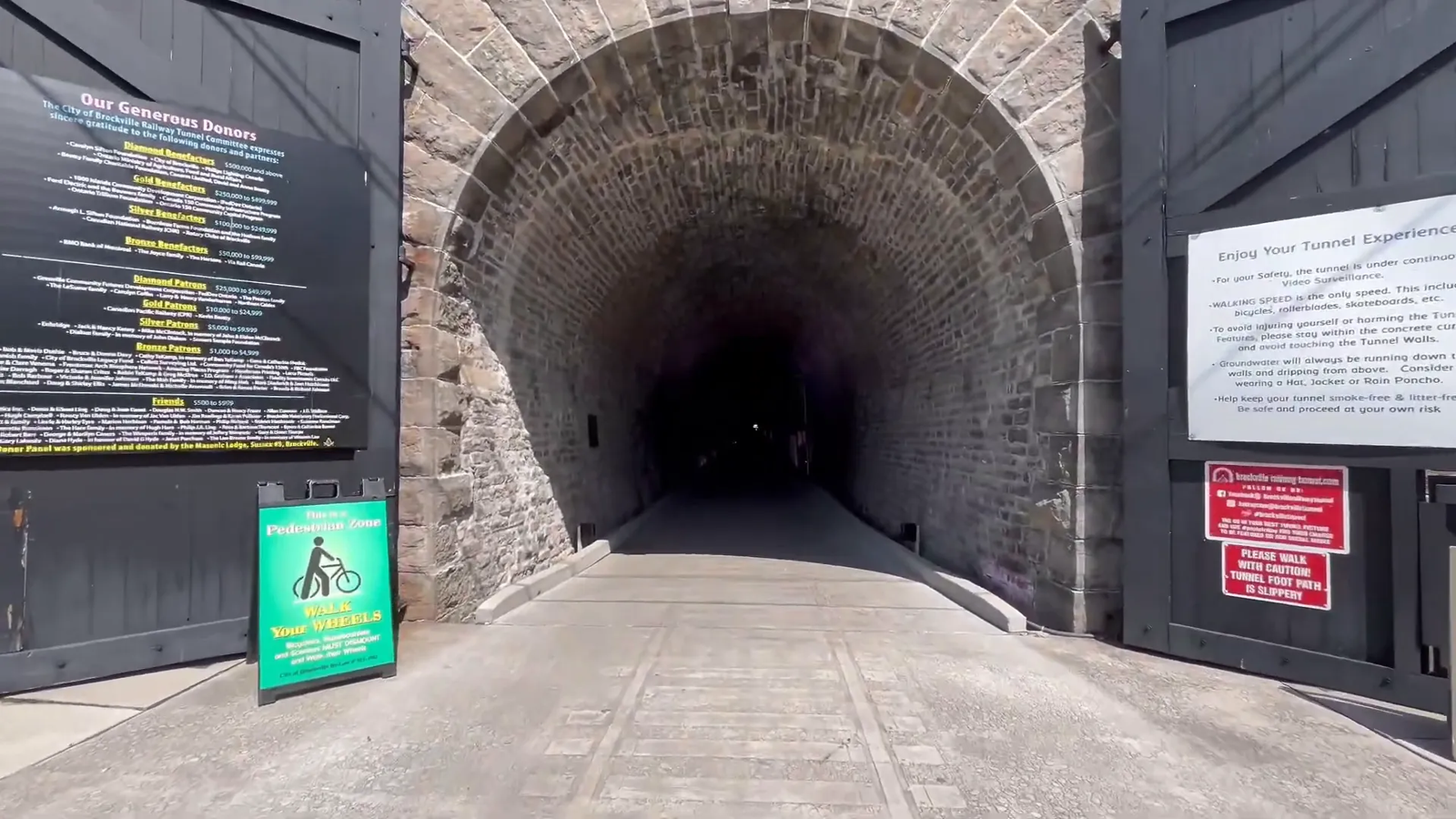
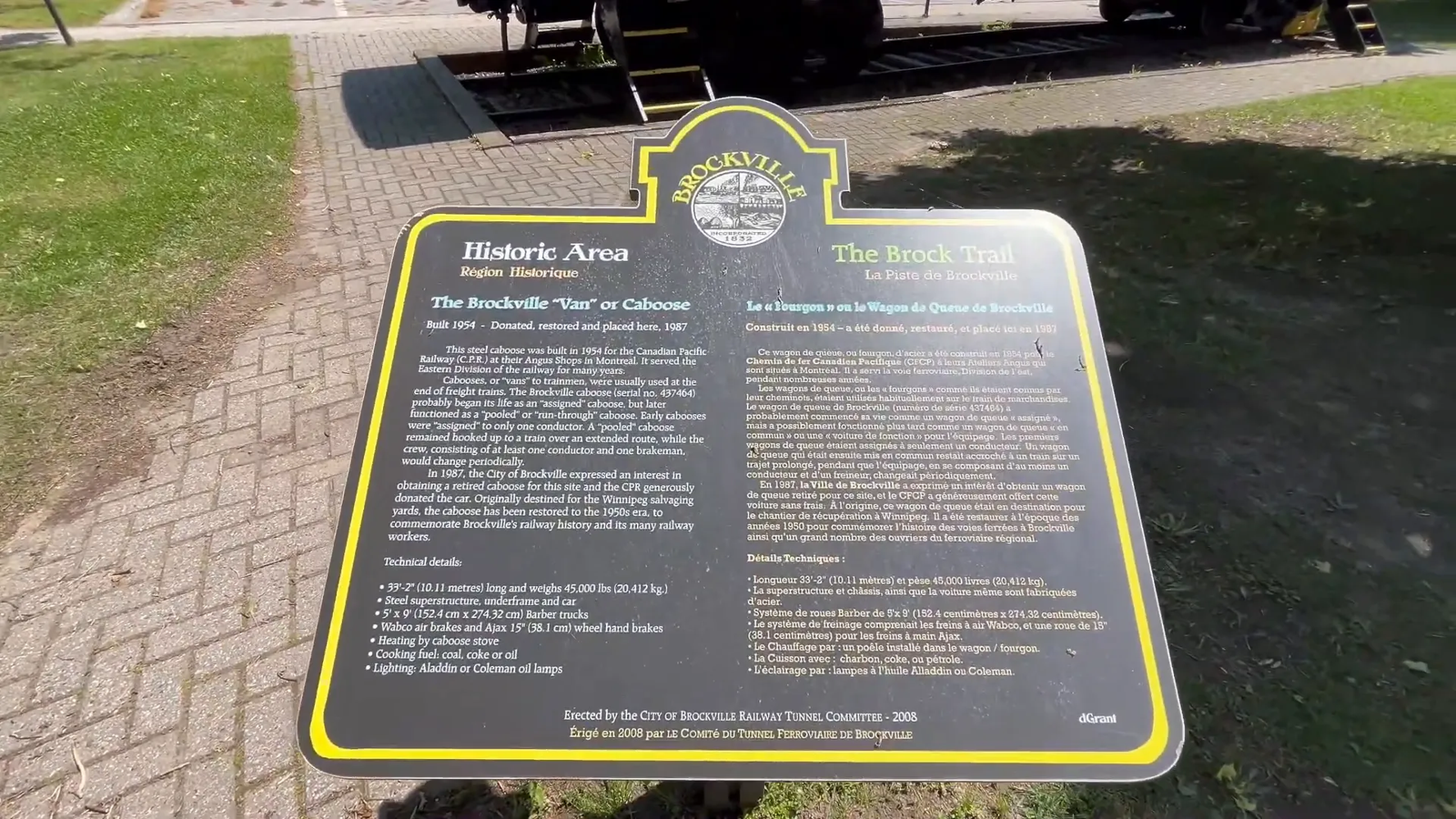
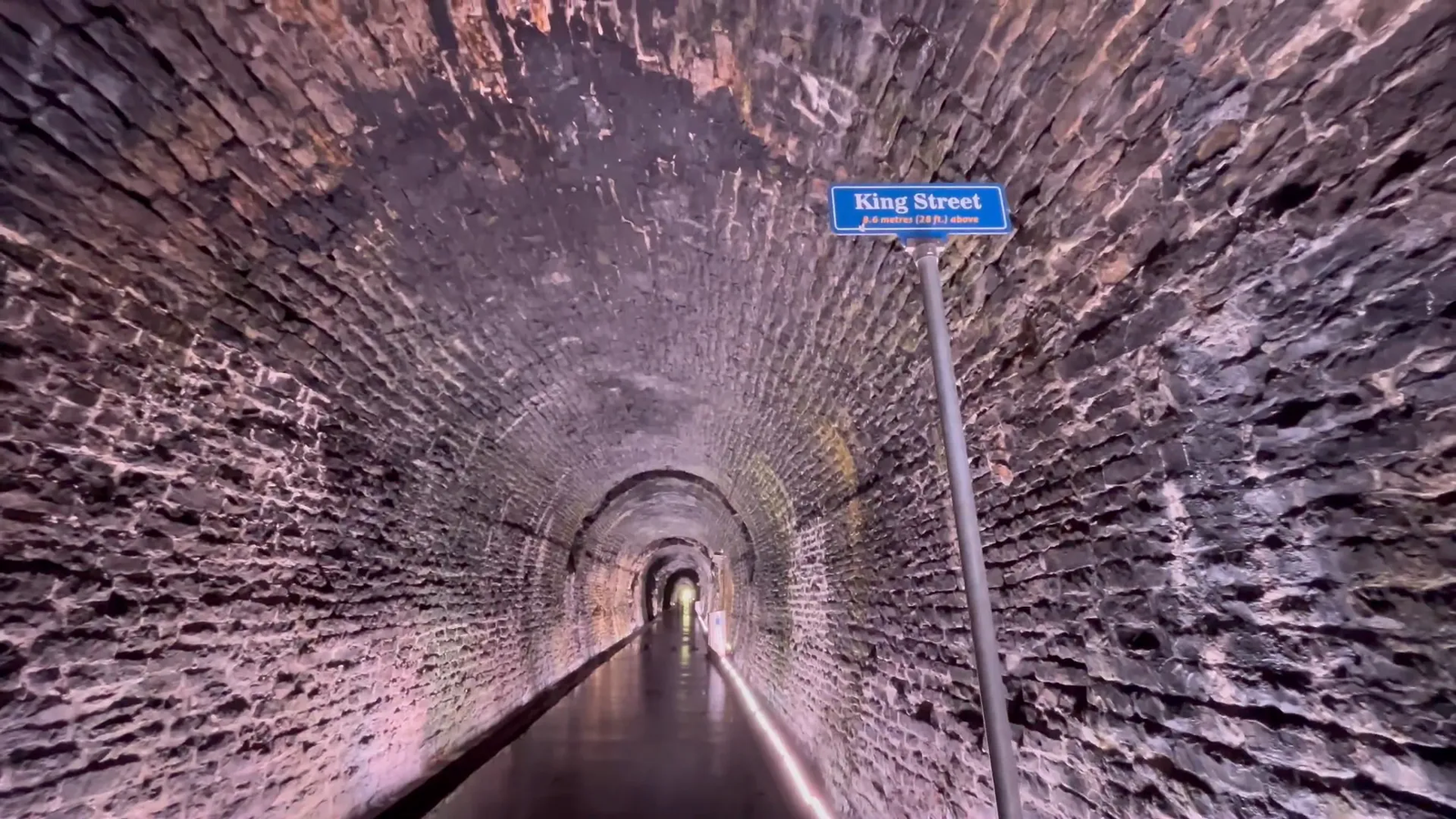
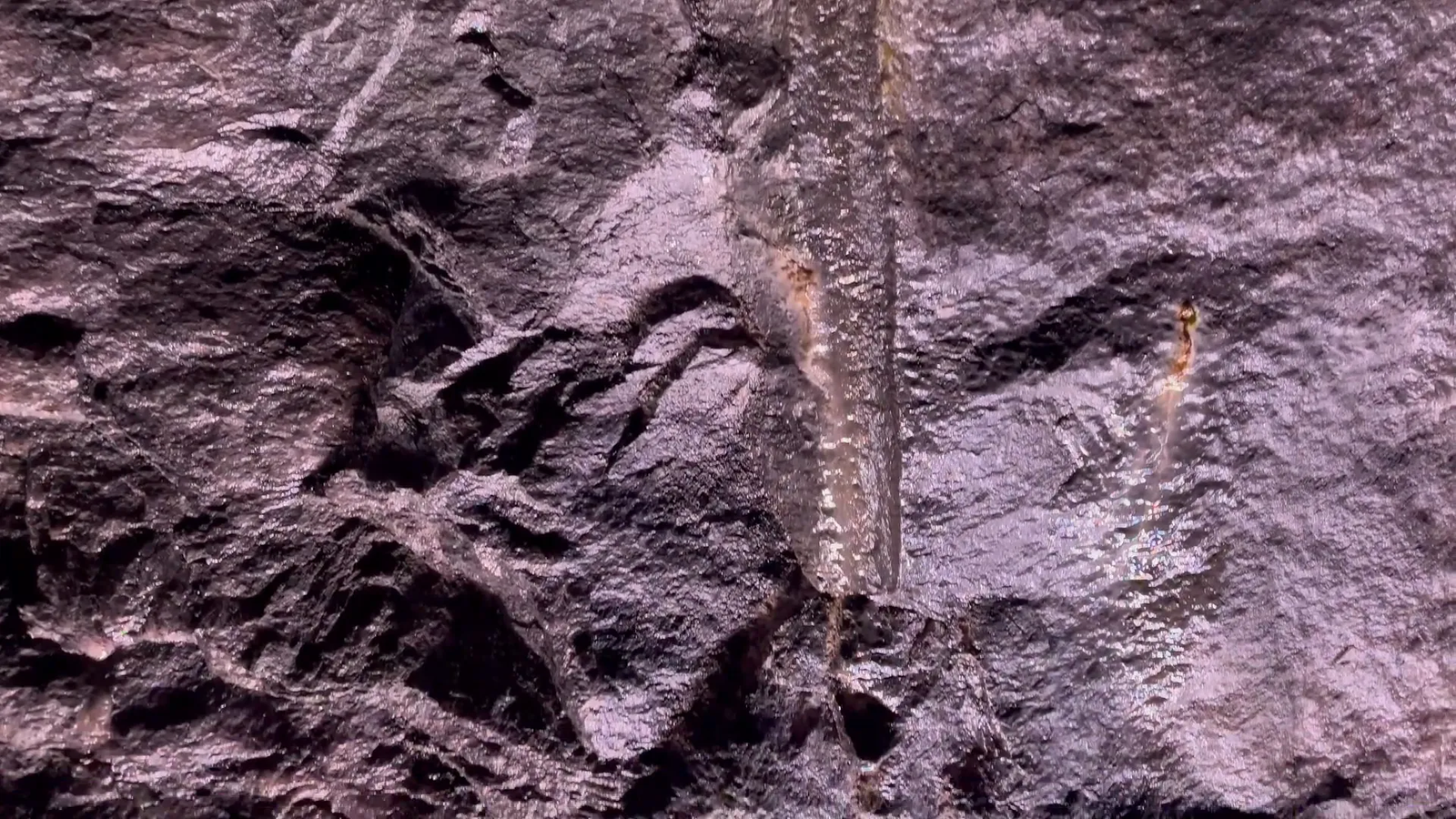




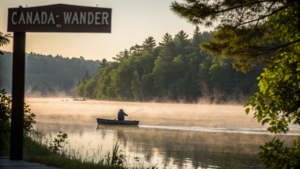
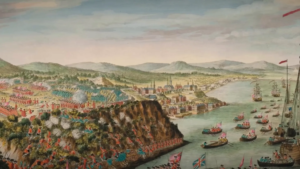



1 thought on “Brockville Railway Tunnel | Canada’s First Railway Tunnel Built In 1860 | Brockville, Ontario”
The Brockville Railway Tunnel is a fascinating piece of Canadian history that offers a unique glimpse into the past. Walking through the tunnel feels like stepping back in time, surrounded by the echoes of steam locomotives and the stories of early railway workers. The restoration efforts by the City of Brockville have truly preserved this landmark for future generations to appreciate. It’s amazing to think about how this tunnel once connected communities and fueled regional growth. What other hidden historical gems might be waiting to be discovered in Brockville? WordAiApi